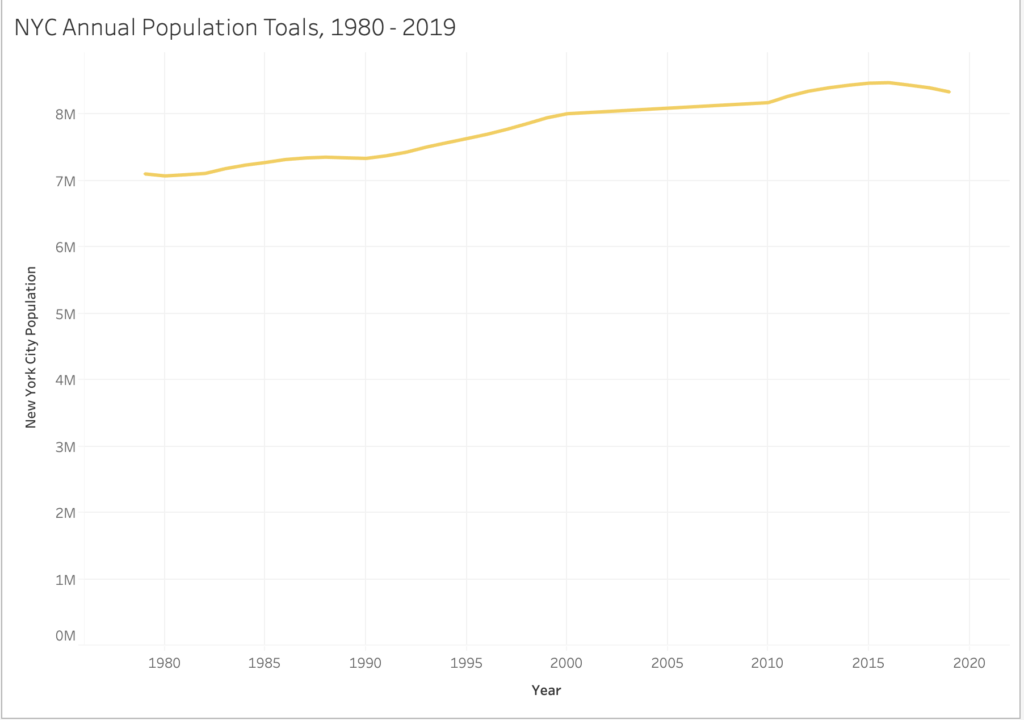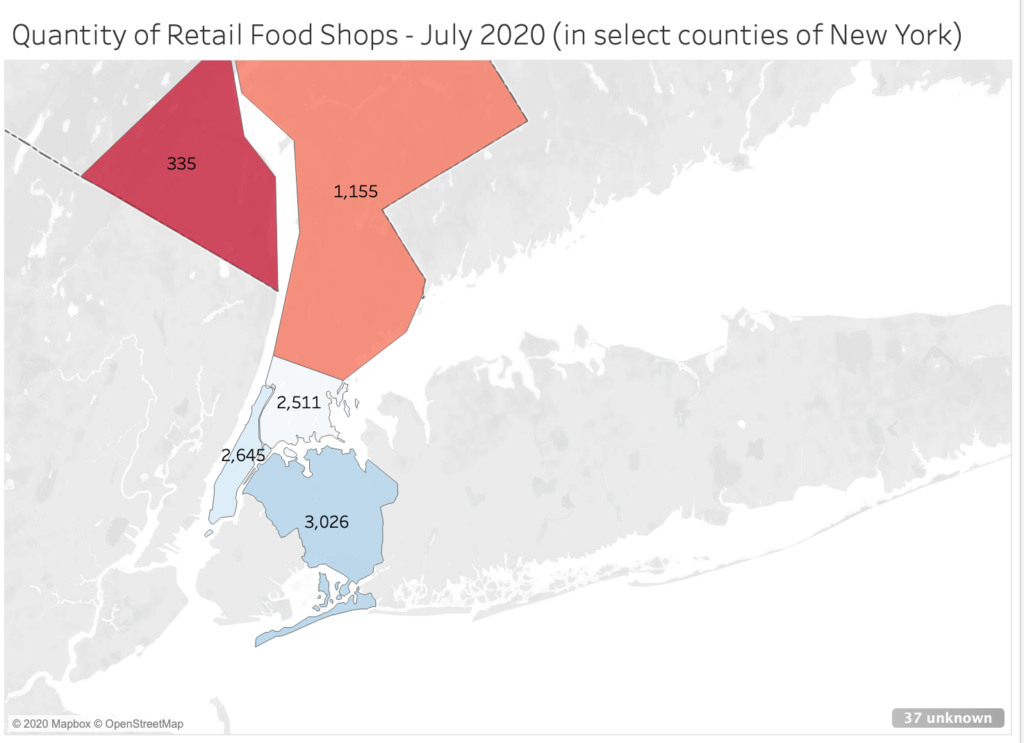Earlier this semester, I attended ‘Inclusive Design and Accessible Exhibits, a presentation by Sina Bahram‘, which was a virtual webinar-workshop by data specialist, technologist, and entrepreneur, Sina Bahram. Bahram’s work appears in multimedia-accessibility discourses across North America, and was recognized on the federal level during the Obama administration for his contributions to accessibility and the STEM field.
His webinar-workshop was an important highlight of my virtual semester as it focused on Bahram’s interpretation of Inclusive Design (ID), a methodology described (in this context) as a response to the limits of accessibility in technological design and multimedia services. To segue into his presentation on the preference of ID, Bahram provided commentary about the other commonly consulted Medical Model, which approaches accessibility from the standpoint of an individual’s disability and not the environmental factors that limit access for differently-abled individuals.
Of the many items that were of value in his multi-step presentation on ID (giving control, appreciating context, and tolerance for error), the poetics of his Coyote Project – a partnership with the Museum of Contemporary Art (Chicago) and Prime Access Consulting – was extremely significant. The Coyote Project is concerned with increasing accessibility in the museum context through robust description software, which include audio aids.
Bahram demoed the software for our audience – at the 42:45 mark of the presentation (viewable here) – using a stunning Kerry James Marshall painting. The Coyote Project collected cultural data across intersections of race, gender, and museum curation to produce a holistic and dimensional audio-description for differently-abled individuals.
It was an opportunity to hear interdisciplinarity at work and placed into practice outside of a theoretical frame in a technological context. I immediately thought of bell hooks’ Oppositional Gaze and the extent to which the Coyote Project can be used as a case study for it as it concerns the reproduction and subversion of power through spectatorship informed by accessibility discourse. I could identify multiple gazes in the demo, which was sensorial in my experience and I’m curious about the ontological data that may emerge from similar approaches to ID in tech.
Bahram’s presentation was made possible by the Advocacy & Continuing Education sub-group of the DLF Digital Accessibility Working Group at CUNY. Bahram’s transcript is available upon request to this group. His presentation slides can be found here, via Dropbox.






